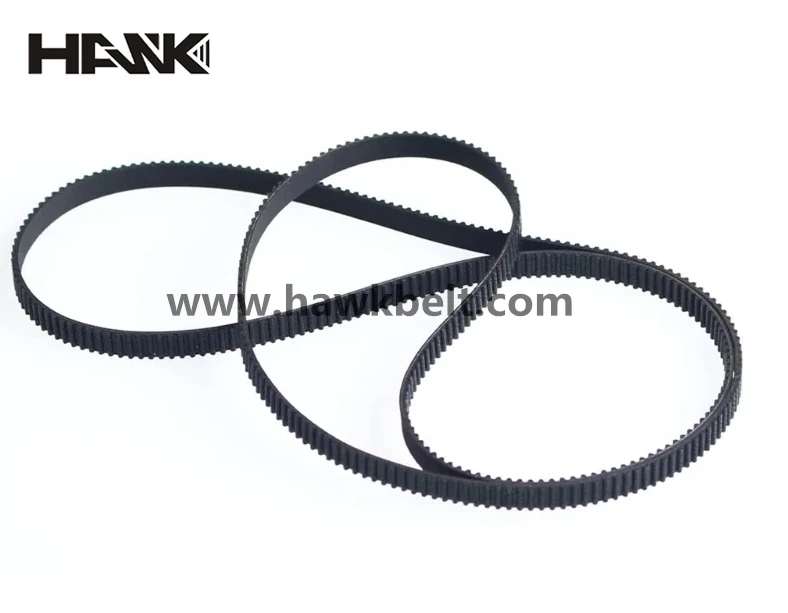- Arabic
- French
- Russian
- Spanish
- Portuguese
- Turkish
- Armenian
- English
- Albanian
- Amharic
- Azerbaijani
- Basque
- Belarusian
- Bengali
- Bosnian
- Bulgarian
- Catalan
- Cebuano
- Corsican
- Croatian
- Czech
- Danish
- Dutch
- Afrikaans
- Esperanto
- Estonian
- Finnish
- Frisian
- Galician
- Georgian
- German
- Greek
- Gujarati
- Haitian Creole
- hausa
- hawaiian
- Hebrew
- Hindi
- Miao
- Hungarian
- Icelandic
- igbo
- Indonesian
- irish
- Italian
- Japanese
- Javanese
- Kannada
- kazakh
- Khmer
- Rwandese
- Korean
- Kurdish
- Kyrgyz
- Lao
- Latin
- Latvian
- Lithuanian
- Luxembourgish
- Macedonian
- Malgashi
- Malay
- Malayalam
- Maltese
- Maori
- Marathi
- Mongolian
- Myanmar
- Nepali
- Norwegian
- Norwegian
- Occitan
- Pashto
- Persian
- Polish
- Punjabi
- Romanian
- Samoan
- Scottish Gaelic
- Serbian
- Sesotho
- Shona
- Sindhi
- Sinhala
- Slovak
- Slovenian
- Somali
- Sundanese
- Swahili
- Swedish
- Tagalog
- Tajik
- Tamil
- Tatar
- Telugu
- Thai
- Turkmen
- Ukrainian
- Urdu
- Uighur
- Uzbek
- Vietnamese
- Welsh
- Bantu
- Yiddish
- Yoruba
- Zulu
Sep . 16, 2024 03:41 Back to list
Affordable Car Engine Belt Prices | Quality Replacement Parts
Understanding the Price of Car Engine Belts Factors, Types, and Where to Buy
Car engine belts are crucial components responsible for driving various peripheral devices in a vehicle's engine, including the alternator, water pump, power steering pump, and air conditioning compressor. Understanding the price of car engine belts is essential for vehicle maintenance and budgeting. The cost of these belts can vary significantly based on several factors, including the type of belt, the vehicle's make and model, and the location of purchase.
Types of Car Engine Belts
There are primarily three types of engine belts serpentine belts, timing belts, and V-belts.
1. Serpentine Belts These are long, winding belts that drive multiple devices in the engine. They are usually made from rubber reinforced with fibers for strength and durability. The price of serpentine belts typically ranges from $30 to $100, depending on the vehicle's specifications.
2. Timing Belts Timing belts are essential for synchronizing the movements of the engine's camshaft and crankshaft. They are usually made of rubber and can have a lifespan of between 60,000 to 100,000 miles. The cost of a timing belt can vary significantly due to labor costs, reaching anywhere from $100 to $600 for parts and labor combined.
3. V-Belts These are older designs that typically drive just one or two accessories. While less common in modern vehicles, V-belts are still found in some older models. They are generally less expensive, ranging from $15 to $50.
Factors Influencing Price
Several factors contribute to the price of car engine belts
1. Material Quality Higher quality belts made from premium materials will cost more, but they often last longer and perform better, reducing the need for frequent replacements.
car engine belt price

2. Brand Well-known brands may charge a premium due to their reputation for reliability and performance. Conversely, lesser-known brands may offer lower prices but could compromise on quality.
3. Vehicle Make and Model Some vehicles may require specialized belts that are more expensive due to limited availability or specific design features. Luxury or high-performance vehicles often incur higher costs for replacement parts due to their unique engineering.
4. Labor Costs If you’re not comfortable replacing the belts yourself, you’ll need to account for labor costs at a mechanic’s shop, which can vary widely based on location and the shop's pricing structure.
Where to Buy
Car engine belts can be purchased from several places
- Auto Parts Stores Local auto parts stores often have a variety of belts in stock, and the staff can provide advice on the right type for your vehicle.
- Online Retailers Websites like Amazon, RockAuto, and AutoZone offer a wide selection of belts at competitive prices. Online shopping often provides customer reviews, which can help in selecting the right product.
- Dealerships For those who prefer original equipment manufacturer (OEM) parts, visiting a dealership can ensure you get the exact belt designed for your vehicle. However, this is typically the most expensive option.
Conclusion
Understanding the price of car engine belts is essential for any vehicle owner. By knowing the types of belts, the factors affecting their prices, and where to purchase them, you can make informed decisions that ensure your vehicle runs smoothly and stays within budget. Regular maintenance and timely replacements are key to preventing more severe engine problems and conserving long-term costs.
-
Upgrade Power Steering Pump Belt for Smooth, Quiet Operation
NewsAug.27,2025
-
Precision Timing Belt & Chain: Engine Performance & Durability
NewsAug.26,2025
-
Precision Lathe Drive Belts: Durable & Reliable Performance
NewsAug.25,2025
-
84.5 Serpentine Belt: Durable & Precision Fit for Your Engine
NewsAug.24,2025
-
Premium Ribbed Drive Belts for Quiet Power Transmission
NewsAug.23,2025
-
High-Performance Vehicle Timing Belt for Engine Precision
NewsAug.22,2025

